I have existed from the morning of the world and I shall exist until the last star falls from the night. Although I have taken the form of Gaius Caligula, I am all men as I am no man and therefore I am God.
Millions of my generation will remember, whether admitting to having seen it or not, the grossly pornographic Italian-American 1979 film “Caligula,” co-produced by Franco Rossellini and Bob Guccione, of Penthouse magazine. Malcolm McDowell played Caligula, Peter O’Toole was the emperor Tiberius, and Helen Mirren Caesonia, Caligula’s 4th wife. The film was loosely based on the scandalously gossipy accounts of the life of Caligula by the ancient authors Suetonius, Seneca, and Dio Cassius.
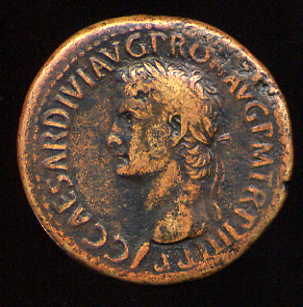 Less know is the magnificent biography by the historian, Aloys Winterling, titled simply, Caligula: A Biography (University of California Press). The review by Emily Gowers, “The Emperor Crying out for Redemption,” in the Times Literary Supplement is worth reading in its own right. This volume should be an essential addition to the library of anyone interested in the history of early Christianity, as knowing something of the life and times of the emperors Tiberius, Gaius Caligula, Claudius, and Nero, in particular, is essential to any understanding of late 2nd Temple Judaism, of which the Jesus movement is a part. In my beginning Christian origins class we devote the first five weeks to studying the “Jewish Roman World of Jesus” (some of the readings I assign are archived here). I also highly recommend the chapter on Caligula in Suetonius’s Lives of the Twelve Caesars, which is available on-line here. There is no substitute for reading ancient original sources and I can guarantee this one, with its racy gossip and shocking scandal, will not put anyone to sleep.
Less know is the magnificent biography by the historian, Aloys Winterling, titled simply, Caligula: A Biography (University of California Press). The review by Emily Gowers, “The Emperor Crying out for Redemption,” in the Times Literary Supplement is worth reading in its own right. This volume should be an essential addition to the library of anyone interested in the history of early Christianity, as knowing something of the life and times of the emperors Tiberius, Gaius Caligula, Claudius, and Nero, in particular, is essential to any understanding of late 2nd Temple Judaism, of which the Jesus movement is a part. In my beginning Christian origins class we devote the first five weeks to studying the “Jewish Roman World of Jesus” (some of the readings I assign are archived here). I also highly recommend the chapter on Caligula in Suetonius’s Lives of the Twelve Caesars, which is available on-line here. There is no substitute for reading ancient original sources and I can guarantee this one, with its racy gossip and shocking scandal, will not put anyone to sleep.
Caligula, whose full Latin name was Gaius Julius Caesar Augustus Germanicus was born in 12 CE and was assassinated by conspiring officers in the Praetorium (“Palace”) guard on January 24, 41 CE. Gaius, as he was officially known, was the son of Germanicus, the nephew and adopted son of the emperor Tiberius. Germanicus was one of Rome’s most respected military generals who surely would have succeeded Tiberius had he not been killed, probably by poisoning, and possibly by the direction of Tiberius, who feared him as a rival. Gaius had picked up the nickname “Caligula” (“little boots” or perhaps even “bootikins”) as a child from soldiers of his father’s whom he had accompanied on military campaigns in Germany. The story is that his father Germanicus used to dress him up in child-sized Roman soldier’s outfit, tiny boots and all.
Caligula had a short and troubled reign, 37-41 CE, and he will forever go down in our history, along with his nephew Nero, as one of the “crazy” emperors of the Julio-Claudian line (Augustus, Tiberius, Gaius, Claudius, Nero).
Students of the New Testament and early Christianity mostly remember Gaius Caligula for his order to have statues of himself set up in the Jewish Temple in Jerusalem in 40 CE in an effort to show the sometimes rebellious Jewish populations of the empire that their loyalty to the emperor could not be questioned. Although Augustus and Tiberius had been “divinized,” or declared to be Gods after their deaths by the Roman Senate, Caligula was the first emperor to demand this worshipful status during his lifetime. The Syrian governor Publius Petronius, fearing civil war if the order were carried out, delayed implementing it for nearly a year, and in the end the order was never carried out. Josephus, the contemporary Jewish historian, offers the most succinct account of these events in his Jewish War (2:184-210 or in older editions 2.10. 1-5)) which you can read on-line here. The Jewish philosopher Philo devotes an entire treatise, On the Embassy to Gaius, with full details from his own perspective.
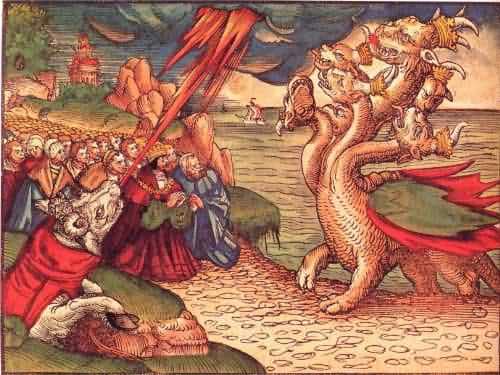
The reason this aborted attempt becomes so significant is that early Christians identified this type of action with that of Antiochus Epiphanies, who defiled the Temple with an altar to Zeus during the time of the Maccabees (165 BCE). They expected a repeat performance by a “final evil ruler” based on the prophecies of Daniel 11:36-39 regarding one who would “exalt and magnify himself above every god,” and “set up a desolating sacrilege” in the Temple. Caligula’s attempt must have fueled the flames of apocalyptic expectation to a fever pitch, which we can see in Paul’s references to “the impending distress” and his advice to followers to forgo marriage since “the appointed time has grown very short” (1 Corinthians 7:26, 29). The actions of Caligula, which came close enough to make it all seem a real possibility in the reign of Nero, must lie behind Mark’s “Little Apocalypse” which predicts the “abomination of desolation” set up in the Temple as the spark that brings on the “great tribulation” and the return of Jesus in the clouds of heaven (Mark 13:14-27). A later letter attributed to Paul also picks up on these same sentiments, with direct references to a “man of lawlessness” who “sits in the Temple of God and proclaims himself to be God” (2 Thessalonians 2:3-4). One little mentioned historical tidbit about Caligula is that we are told that he was very hairy, so much so that he forbade anyone to mention goats, lest anyone make comparisons with the half-man, half-animal satyr, that his enemies say he resembled. In Jewish, Christian, and Islamic legends the “anti-Christ” will be hairy like a goat, resembling the biblical character Esau, and the “two horned beast” of the book of Revelation (Genesis 25:25; Psalm 68:21; Revelation 13:11).
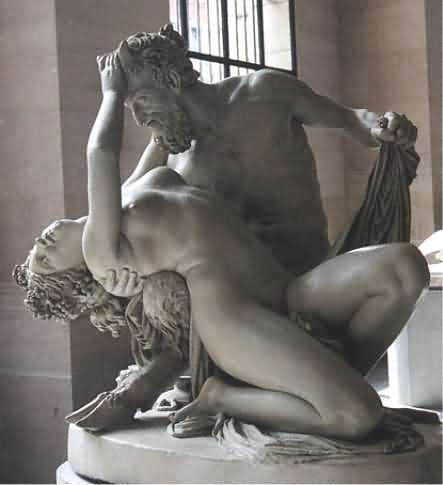
What Caligula’s reign did, despite the more stable and peaceful rule of his successor Claudius (41-54 CE), was prepare expectations for someone like him, or his nephew Nero who followed, to at long last fulfill Daniel’s dire prediction and thus bring in the “End of Days.” It was Nero’s reign, and that of Domitian, son of Vespasian, that seems to provide the best backdrop of the book of Revelation. According to Josephus, the first Jewish revolt against Rome was fueled more by such apocalyptic interpretations of Daniel than by a revolutionary desire to throw off Roman rule and establish an independent Jewish state once again (Jewish War 4:388; 6:312-313).
Caligula remains during this period the one great “sign of the times” and his influence in this regard is hard to overestimate, since this sort of apocalyptic thinking is what most lies at the heart of the proclamations of both Jesus and Paul.
For more on the intense apocalypticism of this period see “Ancient Jewish and Early Christian Millennialism,” “Are you the One: The Textual Dynamics of Messianic Self-Identity,” and Apocalyptic Schemes and Dreams: How An Ancient Jewish Vision of the Future Came to Dominate the Modern World.”



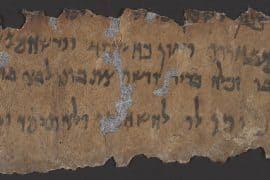



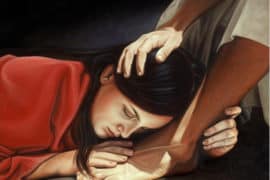
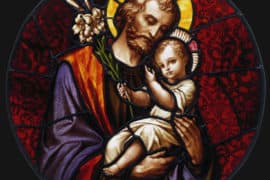
Comments are closed.